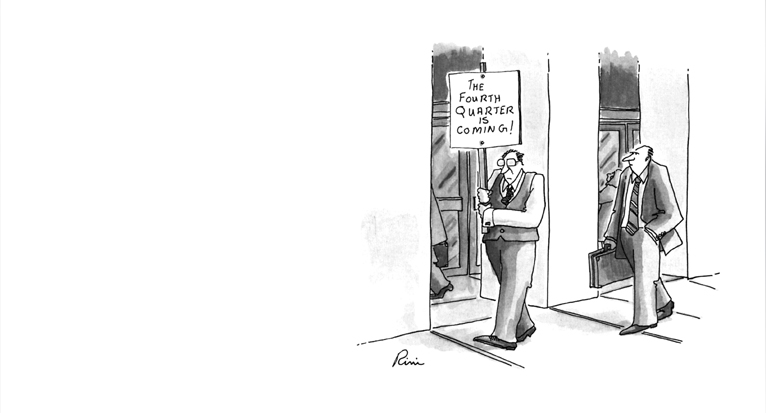
If You Run Your Business as Though You’re Going to Sell It, What’s the Number?
As an entrepreneurial CEO, owner, how do you benchmark your performance and that of your company as you go through the stages of growth and meet your “lifestyle” aspirations?
If you’re like some CEOs I know, you may find yourself in an “entrepreneurial comfort zone,” where you lead and manage the business to the point where it has become your own personal ATM. The enterprise throws off enough income to satisfy your aspirations and standard of living. It can be difficult to escape this comfort zone or for you as an owner to acknowledge your responsibility to maximize the equity value of the enterprise beyond a “lifestyle” business.
If on the other hand you run your business as though you intend to sell it, you become immediately responsible for benchmarking your enterprise against your competitors—as well as creating equity value appropriate to the potential sale of your business. Thus, as an owner, you are confronted with making decisions impacting the asset value of the enterprise and determining if that value in the marketplace would meet your “lifestyle” needs. So, what’s the “magic number”?
The ultimate test is, if, after selling your business and prudently investing the after-tax dollars, can you live off a return of three percent? (Given the vagaries of the equities market, three per cent is considered a reasonably safe number that will withstand interest rate variations and protect principal.) Ideally, this return will match or exceed the income you derived while leading and managing the business—but without all the work and aggravation.
I’m not suggesting that you start planning to sell your business today. What I do suggest is that you consider adopting this mind-set, and see how it alters your actions and decisions leading to an increased equity value in your business.
This insight comes from decades of leading extraordinary groups of CEOs. Almost universally they would say at one time or another, “I’d love to sell this business.” As we worked together, these CEOs understood that the greatest leverage they had was in their own businesses and that they could use their leadership to gain even greater value. Any other investment within a prudent asset allocation—such as stocks, bonds or private equity funds—would be a passive investment with little comparative leverage. Consequently they focused on the difference between owning, leading and managing their businesses.
In one group of 14 CEOs, the result of this insight—the responsibility of ownership and the disciplines posed by it—resulted in a collective sale of businesses yielding more than half a billion dollars. In each instance, the sale achieved a net return to the owner sufficient to sustain and support his or her lifestyle aspirations. We’re talking about an average of $35 million net for each entrepreneur!
Today, members of LEVERAGEDWISDOM subscribe to this discipline. Regardless of the enterprise—and these include a defense manufacturer, marketing firm, IT solution provider, clothing goods business and trucking business—they’re running their business as though they’re about to sell it.
The bottom-line: for every $300,000 of current annual income and benefits you derive from your privately held business, you need to sell it for $10 million after taxes.
Think about how these insights might change the way you look at your business. After all, every day you don’t sell your business, you’re “buying” it. What’s it worth?
